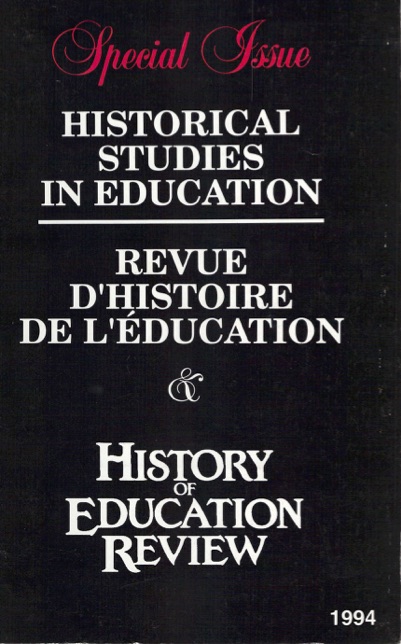'Much exertion of the voice and great application of the mind': Teacher Education within the Congregation of the Sisters of St. Joseph of Toronto, Canada, 1851-1920
Abstract
In the introduction to their recent collection of essays on the experience of women teachers in North America, Britain, and Australia, Prentice and Theobald comment on the complexities involved in documenting and analyzing the histori cal experience of women who taught in both private and public schools. The research reported in their collection substantiates the opening statement: the history of women who taught is indeed a complex one. The editors' candid observations about what is known and what remains unknown about the working lives of women who taught and their call for ongoing research likewise validate the opening quotation. This article concerns a doubly marginalized group of teachers: women religious who taught in both the private and public schools of Ontario. It begins to address Prentice and Theobald's challenge that these teachers need to be 'rescued from the hagiographic historical tradition in which they are customarily presented' by providing a case study of the evolution of teacher education within one community of teaching sisters in English Canada: the Congregation of the Sisters of St. Joseph in the Archdiocese of Toronto. Utilizing a framework of documentary analysis, the article sets both a theoretical and historical context against which to examine communities of teaching sisters. It concludes by suggesting further avenues for research which, in themselves, indicate the com plexity of analyzing the historical experience of women who taught in the nineteenth and twentieth centuries.
